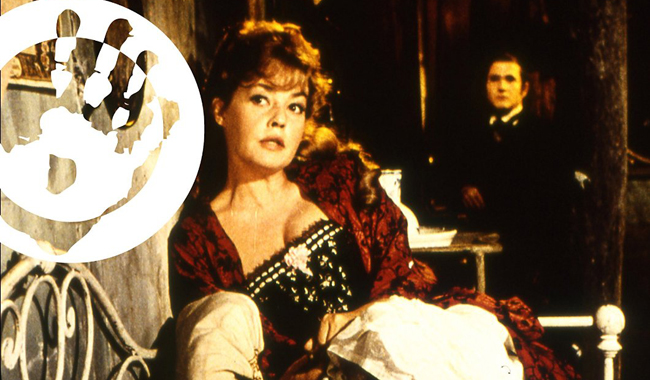
The Immortal Story Review
 Orson Welles was the consummate artist – he sometimes hit it right and sometimes missed the mark. What he found throughout his career was the difficulty acquiring funding, even in the years following the huge critical accolades of Citizen Kane way back in 1941. The 1960s were ripe for arthouse cinema with the like of directors of the gravitas of Pasolini, Luis Bunuel, Fellini and Ingmar Bergman making waves and was therefore able to get projects off the ground that he would never be able to in Hollywood. The Immortal Story is one such example that was originally made for French TV but also released theatrically. While no classic it is a rare example of the artistry of Orson Welles.
Orson Welles was the consummate artist – he sometimes hit it right and sometimes missed the mark. What he found throughout his career was the difficulty acquiring funding, even in the years following the huge critical accolades of Citizen Kane way back in 1941. The 1960s were ripe for arthouse cinema with the like of directors of the gravitas of Pasolini, Luis Bunuel, Fellini and Ingmar Bergman making waves and was therefore able to get projects off the ground that he would never be able to in Hollywood. The Immortal Story is one such example that was originally made for French TV but also released theatrically. While no classic it is a rare example of the artistry of Orson Welles.
The story is set in the late 19th century with a wealthy colonial merchant, Mr. Clay who is entering a lonely old age in his crumbling pile in Macao, China. His only companion is a Polish Jewish bookkeeper who relates a story to Clay about a lonely old man who offers 5 guineas to a sailor for him to impregnate his young wife with his seed. Clay becomes obsessed in making this story true, despite not having a wife. He offers a deal to the innocent daughter of a former business party who Clay’s dealings had forced the man to commit suicide. He offers money for her to have sex with a stranger (but doesn’t quite reveal that he’ll be watching). After he has her on board he approaches an English sailor to carry out his bidding.
This is a strange film but not untypical of the decade’s arthouse films. The story is based off a film by Karen Blixen, the Danish author best known for her semi-autobiographical novel ‘Out of Africa’ that was the subject of an Oscar winning 1985 film. Welles had intended The Immortal Story to be the first of a series of films he wanted to make based off the writings of one of his favourite authors, but although Welles had attempted to get a second film off the ground it was halted due to production problems. This goes someway to explain the short length of the film at just 60 minutes. The film was actually shot near Welles’ home in Madrid and makes little attempt to be Macao, but it does have a worldly sense about it none the less. It was also shot in colour – the filmmaker was never a fan of this medium and actually very rarely ever shot in colour. It does, however, have some strong contrasting colours much like a Mario Bava film.
Released on Mr Bongo, as is typical of the label there are no extras whatsoever, but whatever misgivings on the films shortcomings one may have, this is a rare gem of a film. More of a curio than a classic.
Chris Hick
